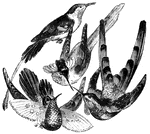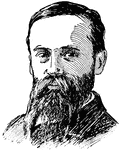
George W. Cable
(1844-1925) Writer who fought in the Civil War who wrote Silent South and fought for equal rights for…
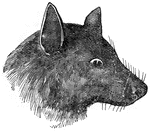
Kalong Bat
The kalong bat can have a wingspan up to five feet. Its head is like that of the fox, and it lives primarily…
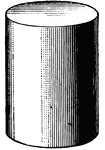
Cylinder
A cylinder is a body of uniform diameter throughout its entire length, whose ends are equal parallel…
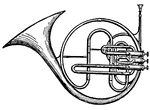
Cor A Piston
A Cor A piston can produce with equal facility the seven series of harmonies belonging to the common…
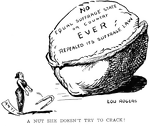
Women's Suffrage Cartoon - Uncrackable
"A nut she doesn't try to crack. No equal suffrage state or country ever repealed its suffrage law."

Cinquefoil
A five-leaved ornament, in circular and other divisions of the windows of ancient churches, and also…

Battle of Cedar Mountain
"The Confederate batteries shelling the Federal position on the night of the Battle of Cedar Mountain,…
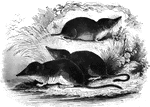
Shrews
"Is about the size of a rat.. Their legs are of equal length, and terminate into five toes, which are…

Fox Hound
"A cross between an old english hound and the greyhound. It is from twenty-two inches to two feet in…
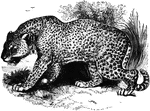
Leopard
"The Leopard, Felis leopardus, is about half the size of the tiger, being two feet high and…
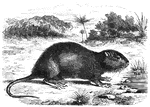
Coypu
"This has ears of moderate size; fur long; upper parts of the snimal penciled with dusky and brownish-yellow…
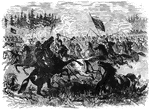
Hand-to-hand Combat
"Desperate hand-to-hand combat between Federal cavalry, commanded by General Averill and the daring…

Red River
"The war on the Red River. Admiral Porter's fleet passing through Colonel Bailey's Dam, above Alexandria,…

Sheridan's Great Battle
"The war in Virginia- Sheridan's Great Battle with J. E. B. Stuart at Yellow Tavern, May 11th, 1864-…

Sminthus Loriger
"Two and a half inches long, with a tail of nearly equal length. It is of a grayish-brown, with a black…

Sixteenth Regiment
"The Sixteenth Regiment, Ohio Volunteers, under Colonel Irwine, crossing the tray run viaduct, near…
Excerpt from the Rosetta Stone
"In 1799, the Rosetta Stone was found and gave the first key to the reading of hieroglyphics. On this…
Lingula anatina
"The Lingula anatina has a long peduncle issuing from between the umbones. The valves are nearly…

Arca tortuosa
"In the Arcacea the shells are nearly equal, usually thick and furnished with a long row of reeth at…
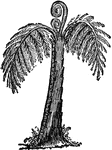
Giant Tree Fern
"The Fern is a leafy plant springing from a rhizome, which creeps below or on the surface of the ground…

Side View of Bones in Foot
"The Foot is that part of the lower extremity below the leg on which we stand and walk. It is composed…

Side View of Bones in Foot
"The Foot is that part of the lower extremity below the leg on which we stand and walk. It is composed…

Growing yeast cells
Growing Yeast Cells, showing Method of budding and forming Groups of Cells. Each bud appears as a little…
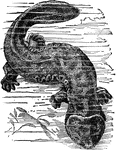
Salamander
"Salamander is a genus of reptiles closely allied to the frog, from which it differs in having an elongated…

Snipe
"Snipe is the name of a common family of birds. The common American snipe is about equal in size to…
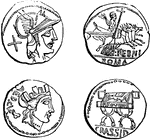
Denarius
"The principal silver coin among the Romans, was so called because it was originally equal to ten asses;…
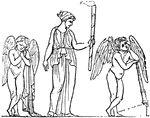
Fax
"A torch. In the annexed woodcut, the female figure is copied from a fictile vase. The winged figure…
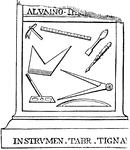
Norma
"A square used by carpenters, masons, and other artificers to make their work rectangular. It was made…

Eyebright
A genus of plants of natural order Scropulariaceæ. having a tubular calyx, the upper lip of the…

Stadium
"A Greek measure of length, and the chief one used for itinerary distances. It was equal to 600 Greek…
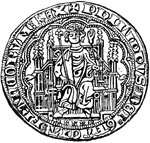
Chaise
The front of a French gold coin first issued by Louis IX. in the thirteenth century. It was equal to…
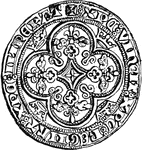
Chaise
The rear of a French gold coin first issued by Louis IX. in the thirteenth century. It was equal to…

Greek soldier
"The early Greeks used a very short sword, as may be seen from the preceding cut. The ancient Homeric…
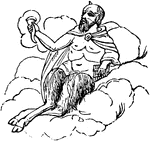
Syrinx
"Syrinx, the Pan's pipe, or Pandean pipe, was the appropriate musical instrument of the Arcadian and…
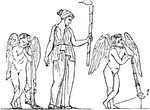
Torches
"On ancient monuments, the torch appears to be formed of wooden staves or twigs, either bound by a rope…
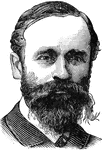
George W. Cable
Writer who fought in the Civil War that wrote Silent South and fought for equal rights for…

Hand signal
"To announce range, extend the arm toward the leaders or men for whom the signal is intended, fist closed;…
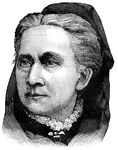
Belva Ann Lockwood
Lawyer and feminist and was the first female lawyer to argue before the Supreme Court. She was the presidential…
Prism
A transparent body, with usually three sides and two equal and parallel triangular ends or bases.
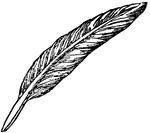
Quill
A transparent body, with usually three sides and two equal and parallel triangular ends or bases.

Palaeotherium magnum
"The Palaeotherium magnum was of the size of a horse, but thicker and more clumsy; its head…
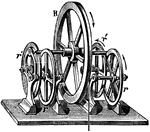
Atwood Machine
"The Atwood machine consists of a wheel or pulley, R, over the grooved edge of which are balanced two…
Pulley
"The pulley is a lever with equal arms of the first or second class, but, when it moves. the attachments…
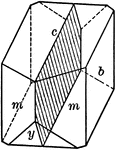
Symmetry plane
"A crystal has a center of symmetry if an imaginary line is passed from some point on its surface through…

Symmetry axis
"A crystal has a center of symmetry if an imaginary line is passed from some point on its surface through…
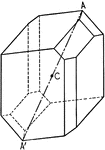
Symmetry center
"A crystal has a center of symmetry if an imaginary line is passed from some point on its surface through…
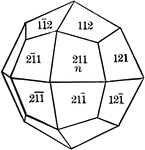
Trapezohedron
"The trapezohedron is a form composed of twenty-four trapezium-shaped faces, each of which intersects…
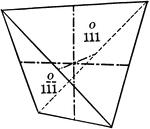
Positive tetrahedron
"The tetrahedron is a form composed of four equilateral triangular faces, each of which intersects all…

Negative tetrahedron
"The tetrahedron is a form composed of four equilateral triangular faces, each of which intersects all…
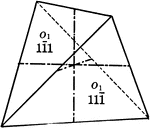
Positive and negative tetrahedrons
"If a positive and negative tetrahedron occured together with equal development, the resulting crystal…
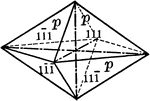
First order pyramid
"The pyramid of the first order is a form consisting of eight isoceles triangular faces, each of which…
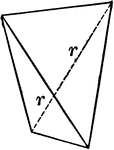
Sphenoid
"It consists of four isoceles triangular faces which intersect all three of the crystallographic axes,…

Sphenoid
"It consists of four isoceles triangular faces which intersect all three of the crystallographic axes,…
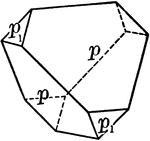
Sphenoid, positive and negative
"It consists of four isoceles triangular faces which intersect all three of the crystallographic axes,…
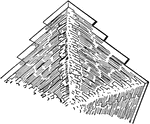
Marcasite
"Orthorhombic. Crystals commonly tabular parallel to basal plane, showing also short prisms and low…
